
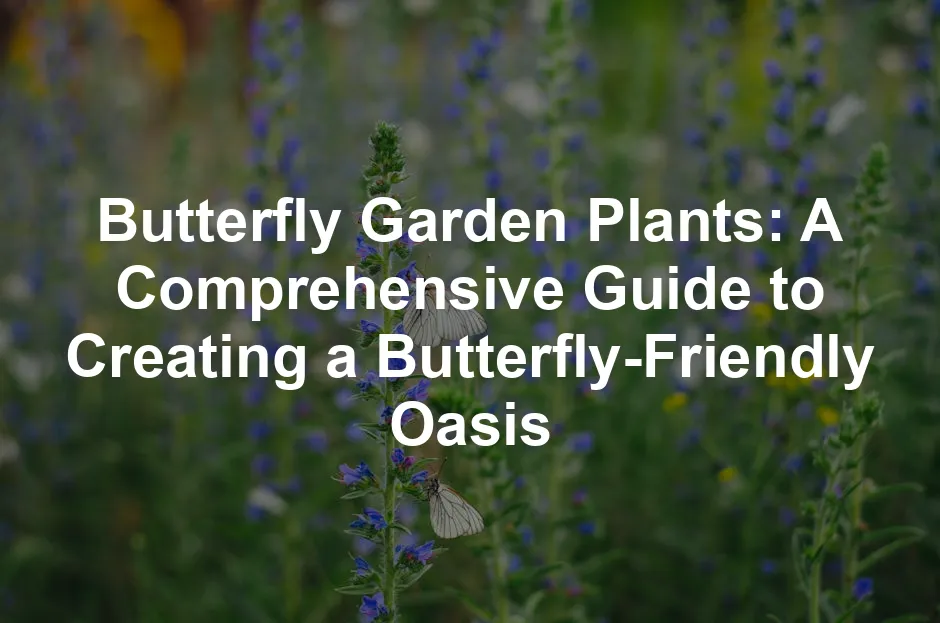
Butterfly Garden Plants: A Comprehensive Guide to Creating a Butterfly-Friendly Oasis
Introduction
Have you ever wondered how to transform your garden into a butterfly haven? Butterfly gardens play a crucial role in supporting these delicate creatures. By planting the right flowers, you can invite butterflies to visit and thrive.
Not only do butterflies add beauty to your outdoor space, but they also contribute to ecological health. Their pollination helps many plants reproduce, creating a vibrant ecosystem. Choosing the right plants is essential for attracting butterflies throughout their life stages.
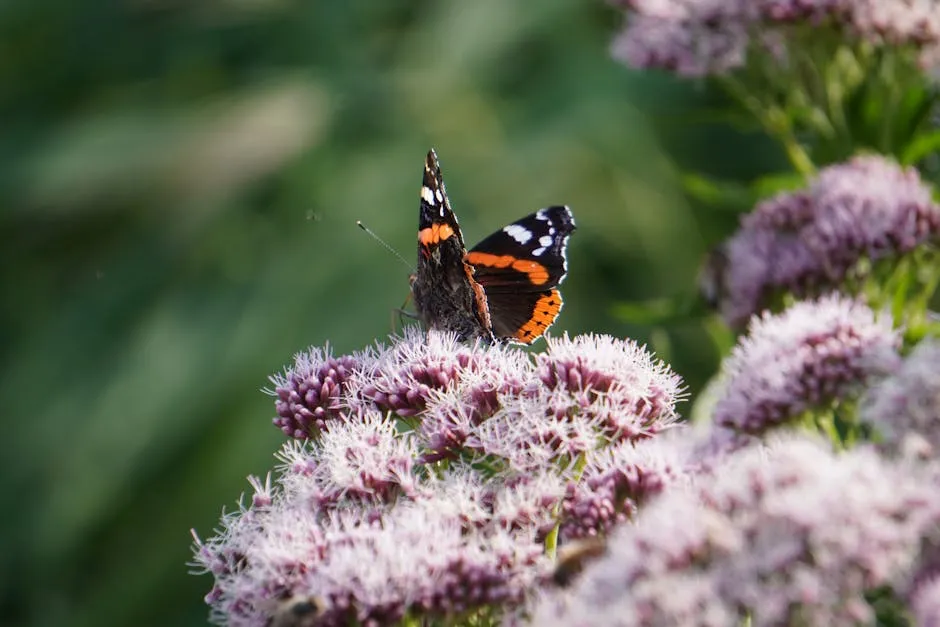
Summary and Overview
In this guide, you’ll discover everything you need to create a butterfly-friendly garden. We’ll explore the importance of native plants in attracting butterflies. You’ll also learn about the significance of both nectar and host plants for caterpillars.
To ensure your garden blooms continuously, we’ll cover seasonal planting strategies. With the right information, you’ll be ready to create an inviting oasis for butterflies all year long.
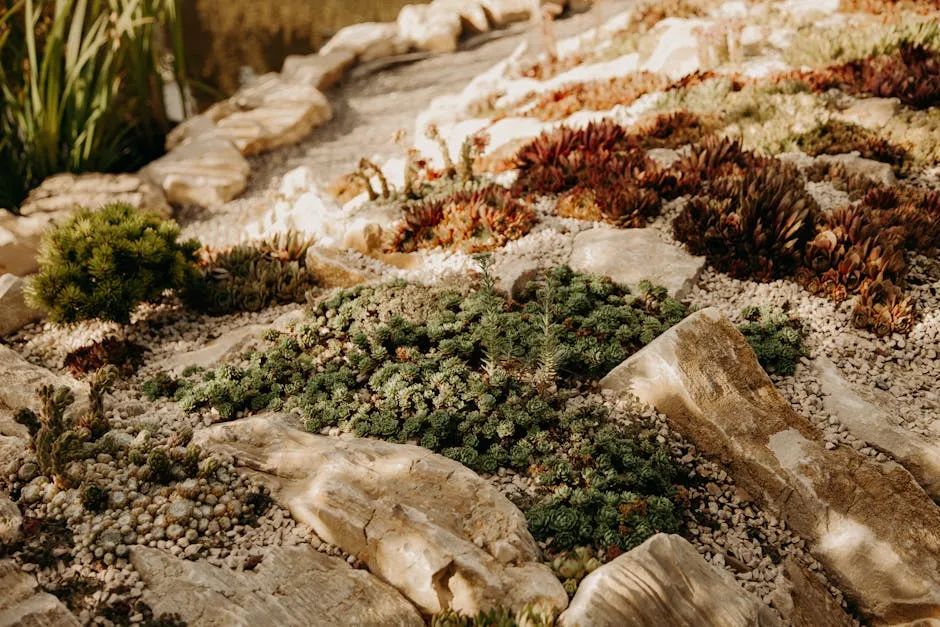
Choosing the Right Plants for Butterflies
Native vs. Non-Native Plants
When selecting plants, native species offer unique benefits. Native plants have evolved alongside local butterfly species, making them more attractive and suitable. They provide food, shelter, and breeding grounds that butterflies need.
Examples of native plants include:
- Milkweed: Essential for monarch caterpillars. You can get some high-quality Milkweed Seeds to start your garden off right.
- Coneflower: A favorite among many butterfly species. You can also plant Echinacea Seeds for a colorful bloom.
- Black-eyed Susan: Bright blooms that butterflies love.
By planting native species, you’ll support the local ecosystem and attract butterflies specific to your area. This choice not only enhances beauty but also ensures a thriving butterfly population in your garden.

Nectar Plants for Adult Butterflies
Attracting adult butterflies starts with nectar-rich plants. These plants provide the sweet sustenance butterflies crave. Look for flowers that are brightly colored and fragrant. Bright colors, especially red, purple, and yellow, catch their attention. Additionally, sweet scents can draw them closer.
Here are some top nectar plants for your butterfly garden:
- Buddleia: Known as the butterfly bush, it blooms in vibrant colors and draws a variety of butterflies. Its long flower spikes are packed with nectar. Consider planting some Butterfly Bush Seeds to get started!
- Echinacea: Also called coneflower, Echinacea features large, daisy-like blooms. Its sturdy structure provides a perfect landing spot for butterflies.
- Verbena: This perennial produces clusters of tiny flowers that butterflies love. Its long bloom time makes it a great choice for continuous attraction.
By incorporating these plants, you’ll create a buzzing habitat full of life and color. And if you’re feeling crafty, try making a Butterfly House to provide a cozy retreat for your garden visitors!

Host Plants for Caterpillars
Host plants are essential for butterfly larvae, or caterpillars. These plants provide food and shelter, making them crucial for the butterfly lifecycle. Female butterflies lay eggs on these plants, ensuring the next generation has a reliable food source.
Here are some popular host plants:
- Milkweed: This is the only plant monarch caterpillars eat. It’s vital for their survival and growth.
- Parsley: A favorite for swallowtail butterflies, parsley is a great addition to any garden. You can find high-quality Parsley Seeds to plant!
- Fennel: Another host plant for swallowtails, fennel can add beauty and flavor to your garden.
Planting these hosts will support butterfly populations while enhancing your garden’s biodiversity. And don’t forget to check out Nettle Seeds to support even more caterpillar species!

Seasonal Planting for Year-Round Attraction
To keep butterflies visiting, plant flowers that bloom in every season. This ensures a continuous food supply. Different butterflies are active at various times of the year, so plan accordingly.
Here are some plants for each season:
- Primroses (Spring): These early bloomers provide nectar when butterflies first emerge.
- Zinnias (Summer): Bright and cheerful, zinnias attract many butterfly species during the warm months.
- Asters (Fall): These late bloomers are crucial for butterflies preparing for winter. They provide nectar when few other flowers are available. You can find great Aster Seeds to add to your garden!
By selecting a variety of plants that bloom throughout the year, you’ll create a vibrant, butterfly-friendly environment.

Creating the Ideal Butterfly Garden Environment
Garden Layout and Design
To create a butterfly-friendly garden, start with the layout. Position your garden in a sunny spot. Butterflies love warmth and light. Aim for a mix of sun and partial shade. This balance helps cater to different butterfly species.
Grouping plants in clusters is crucial. This design allows butterflies to find food quickly. It also creates a beautiful visual impact. When planting, use a variety of colors and shapes. Consider adding native plants that attract local species.
Water sources are essential too. Place shallow dishes filled with water around the garden. Add pebbles for butterflies to land on safely. Don’t forget to include shelter. Butterfly houses or dense shrubs provide safe resting spots. You can even enhance your garden with Shallow Water Dishes for Birds to keep your butterflies hydrated!

Companion Planting
Companion planting enhances your butterfly garden. This method involves planting different species together for mutual benefits. Certain plants attract butterflies while repelling pests.
For instance, marigolds deter harmful insects. They also invite butterflies with their bright blooms. Consider adding herbs like basil and dill. These plants attract not only butterflies but also beneficial insects.
Here’s a quick list of companion plants:
- Nasturtiums: These vibrant flowers attract butterflies while repelling aphids.
- Borage: Known for its star-shaped blooms, it attracts pollinators effectively.
- Fennel: This herb serves as a host plant for swallowtail caterpillars.
By strategically combining plants, you’ll create a thriving ecosystem. And don’t forget to use Organic Mulch to keep the soil moist and your plants happy!

Avoiding Pesticides and Chemicals
Pesticides can harm butterflies and other pollinators. These chemicals disrupt their life cycles and reduce their populations. Instead of using harmful sprays, consider natural alternatives.
Introduce beneficial insects like ladybugs to control pests. You can also use Insecticidal Soap or Neem Oil Spray. These options target pests without harming butterflies.
Create a balanced ecosystem by planting diverse species. A healthy garden attracts more beneficial insects. This natural approach protects your butterflies while keeping your garden thriving.
With these strategies, your butterfly garden will flourish, attracting and supporting these beautiful creatures.

Recommended Butterfly Garden Plants
Top Nectar Plants
Creating a butterfly garden requires plants that provide nourishment for these beautiful insects. The following nectar plants are especially attractive to butterflies:
- Buddleia (Butterfly Bush): This vibrant shrub blooms in summer and fall. It features long flower spikes in colors like purple and white. Buddleia is low-maintenance and grows well in full sun.
- Echinacea (Coneflower): Known for its large, daisy-like blooms, Echinacea flowers from summer to fall. Its purple petals attract many butterfly species. It thrives in well-drained soil and is drought-tolerant.
- Verbena: This perennial produces clusters of tiny flowers from summer until frost. Available in shades of purple, pink, and white, it’s easy to grow and requires minimal care.
- Lavender: Renowned for its fragrant purple spikes, lavender blooms in late spring to summer. Its aromatic flowers attract butterflies and other pollinators. It prefers sunny locations and well-drained soil. You can find great Lavender Plants to enhance your garden.
- Aster: Asters bloom in late summer to fall, providing vital nectar as butterflies prepare for winter. They come in various colors, including blue, purple, and pink. These hardy perennials thrive in full sun.
By incorporating these plants, you’ll create a buzzing habitat full of life and color. And if you’re looking to create garden art, consider adding some Decorative Garden Stones to your space!
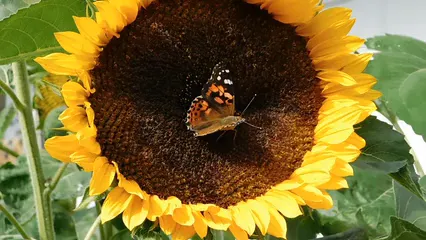
Top Host Plants
Host plants are crucial for caterpillars, providing food and shelter. Here are some essential host plants for various butterfly species:
- Milkweed: This plant is essential for monarch caterpillars. It blooms from late spring to summer and features clusters of pink or orange flowers. Milkweed thrives in full sun and well-drained soil.
- Fennel: A favorite of swallowtail butterflies, fennel serves as a host for their larvae. This aromatic herb grows well in sunny spots and produces feathery foliage.
- Parsley: Another host plant for swallowtails, parsley is easy to grow and can be harvested for cooking. It prefers partial shade and moist, well-drained soil.
- Nettle: Often overlooked, stinging nettle supports many butterfly caterpillars, including the Red Admiral. This hardy plant thrives in various conditions but prefers moist soil.
- Holly: The holly bush is the host for Holly Blue caterpillars. It features glossy green foliage and bright red berries, making it a lovely addition to any garden.
By selecting a mix of nectar and host plants, you support their life cycle. Starting your butterfly garden is a rewarding experience. Embrace the gardening process and enjoy watching butterflies flutter by. And while you’re at it, grab a Gardening Journal to keep track of your progress!

Maintenance Tips for Your Butterfly Garden
Watering and Care
To keep your butterfly plants thriving, follow these watering and care practices. Water your plants deeply, especially during dry spells. Early morning is the best time to water. This practice prevents evaporation and allows plants to absorb moisture.
Mulch around your plants helps retain soil moisture and suppress weeds. Organic mulch, such as wood chips or straw, is ideal. Additionally, ensure your soil is healthy by testing pH levels and adding compost as needed.
Healthy soil supports strong plants, which in turn attract more butterflies. Regularly check for pests and remove any that could harm your butterfly garden. By maintaining your garden, you create a welcoming environment for these delicate creatures.
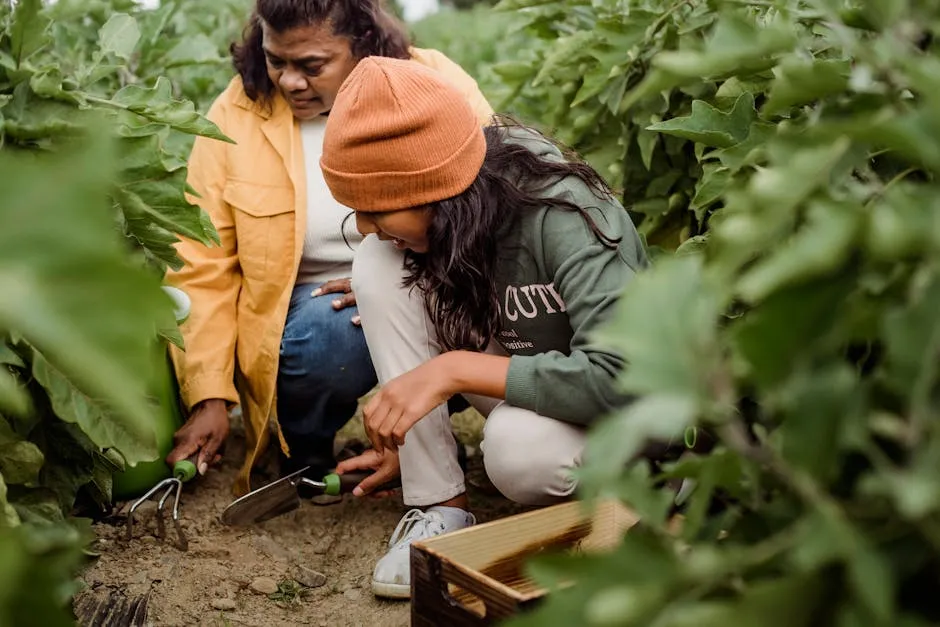
Seasonal Cleanup
Keeping your butterfly garden tidy is essential. Regular cleanups in fall and spring promote butterfly activity. In fall, remove dead plants and debris. This helps prevent pests and diseases. However, don’t throw everything away! Leaving some plant debris is crucial for overwintering butterflies. This debris offers shelter and protection during colder months.
In spring, clear away any old foliage to make space for new growth. This encourages fresh blooms that attract butterflies. By maintaining your garden, you create a welcoming environment for these beautiful insects. Remember, a little cleanup goes a long way in supporting butterfly populations.
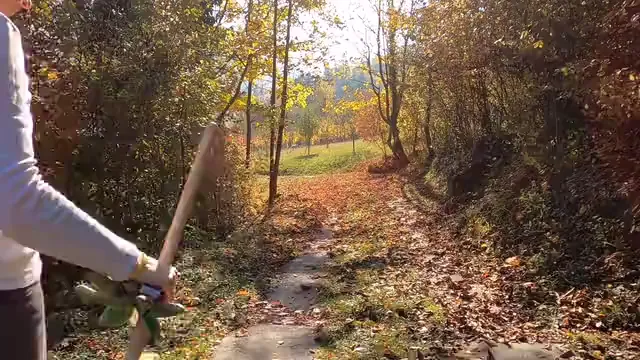
Conclusion
Choosing the right plants is vital for attracting butterflies. By selecting a mix of nectar and host plants, you support their life cycle. Creating a butterfly-friendly garden also benefits our environment. Butterflies play a key role in pollination, which is essential for plant health. By nurturing these creatures, you contribute to a thriving ecosystem. So, grab your gardening tools and start your butterfly oasis today! And don’t forget to protect your garden with Pest Control Traps!

FAQs
What are the best plants to attract butterflies?
To attract butterflies, focus on butterfly garden plants rich in nectar. Good choices include Buddleia, Echinacea, and Verbena.
How do I create a butterfly-friendly garden?
A butterfly garden design should include nectar and host plants. Plant in clusters for easy access and ensure sun exposure.
Are there specific plants that caterpillars need?
Yes! Host plants for butterflies, like Milkweed and Fennel, are essential for caterpillar development.
Can I plant butterfly-attracting plants in pots?
Absolutely! Butterfly plants in containers can thrive. A potted butterfly garden is a great option for small spaces.
How can I maintain my butterfly garden?
Butterfly garden maintenance involves regular watering, weeding, and checking for pests. Keep your plants healthy and thriving.
What should I avoid in my butterfly garden?
Avoid using pesticides and chemicals. They can harm butterflies and other beneficial insects.
How long does it take for butterflies to come to my garden?
Attracting butterflies takes patience. It may take a few weeks to see them, but with the right plants, they will come!
Please let us know what you think about our content by leaving a comment down below!
Thank you for reading till here 🙂
All images from Pexels



